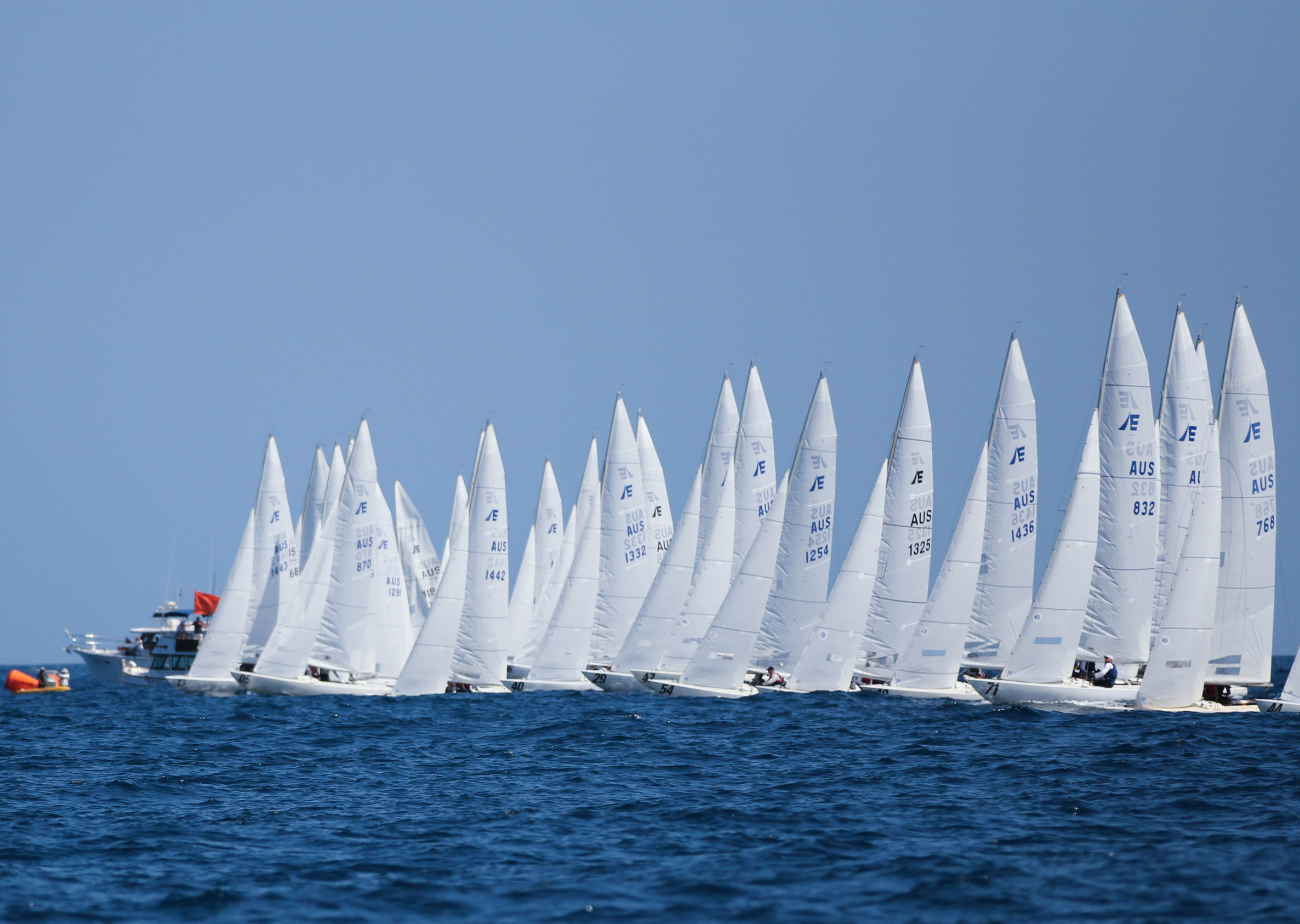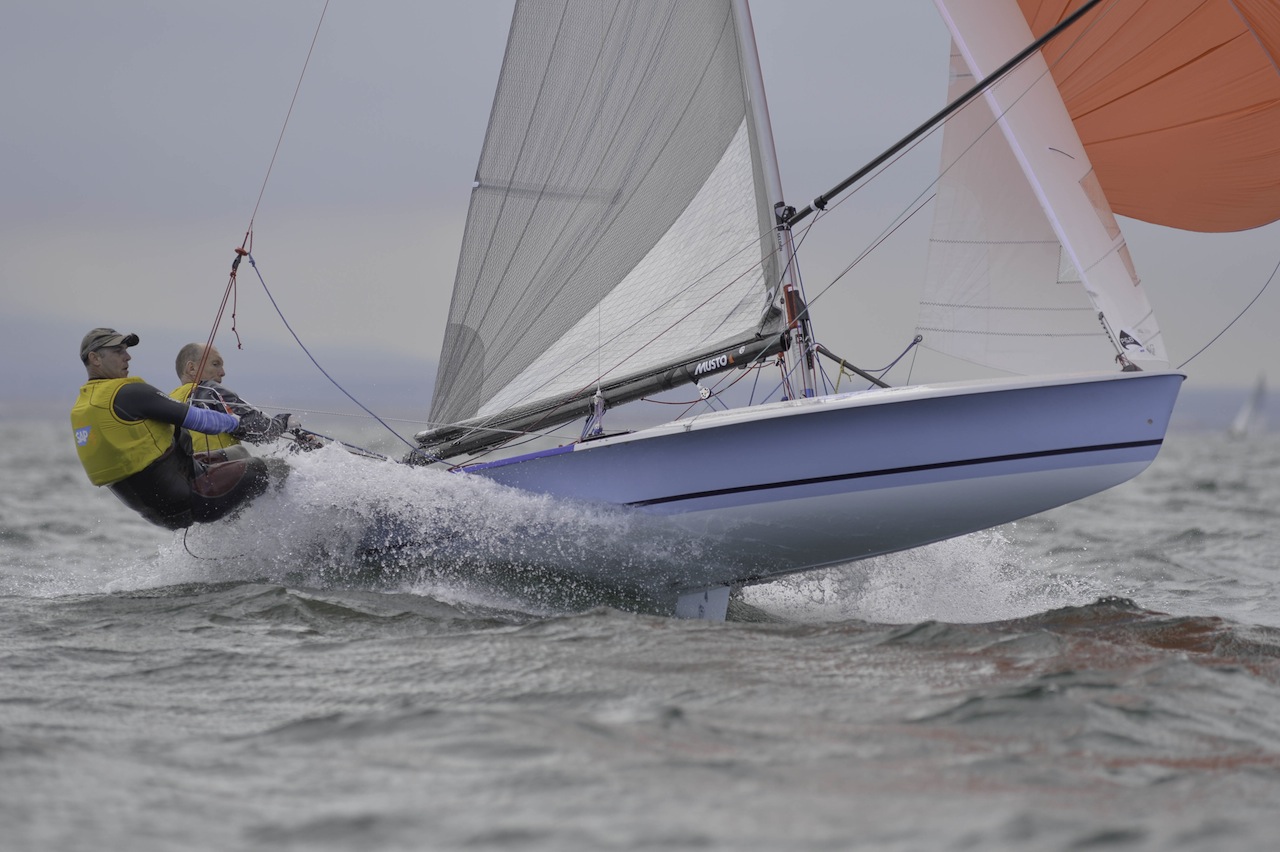
How To Execute Four Different Types Of Race Starts
Reach in Reach Out – Four Different Types Of Race Starts
This is probably the most used starting technique because it is simple to execute and fairly straightforward. You take note of the time remaining and beam reach on port past the part of the line you want to start at.
Then you tack or gybe back when a little less than half the time remaining has elapsed, sailing back to the line on starboard tack. If you are a little early, you can luff a little to slow down or reach along the line until the gun goes.
One downside of this strategy is if the whole fleet is doing the same thing you risk blocking each other’s air. This technique often works best when you are setting up for a midline start.
Port Tack Approach – Four Different Types Of Race Starts
This type of start offers a lot of flexibility in finding holes on the starting line but requires heads-up crew work with sharp boat and sail handling.
When there is two or three minutes left before the start, reach off on starboard tack away from the pin end and come back on port on a course parallel with the line, setting up two to three boat lengths below it.
As you sail towards the fleet, keep an eye out for gaps and when you see one, tack on to starboard and aim for the weather end of the gap, leaving space to leeward should you need to foot off a little.
This strategy allows you to avoid big bunches of boats.
The Vanderbuilt Start – Four Different Types Of Race Starts
This type of start consists of reaching away from the line on port tack heading on the reciprocal of the starting starboard tack course.
It differs from the reach in- reach out start because you are sailing away from the line on a broad reach, rather than a beam reach and this takes you to leeward of the reach in reach out starters.
The advantage of this type of start is that there is little chance of being forced over early and you also have a great view of the boats to windward.
One disadvantage is the danger of messing up your timing and finding yourself to leeward of the competition and choking on their bad air.
Dinghy Start – Four Different Types Of Race Starts
This works best for boats that are quick to accelerate like centreboards, sports boats and catamarans.
With this type of start, you sail up to the starting line a few seconds early, luff up and park your boat in a good position.
Just before the gun, trim on, bow down to build up boatspeed and hit the line travelling fast.
The idea here is that, if you are not moving, you are not barging but you don’t have any rights either. Boats coming in from behind must give you time to get out of their way.
This works particularly well in large fleets where space on the starting line is at a premium, a word of warning though you must be particularly aware of boats coming from astern and to windward.
#sailingtowin #sailing #sail #yachtrace #sailingcoach #sailtowin





